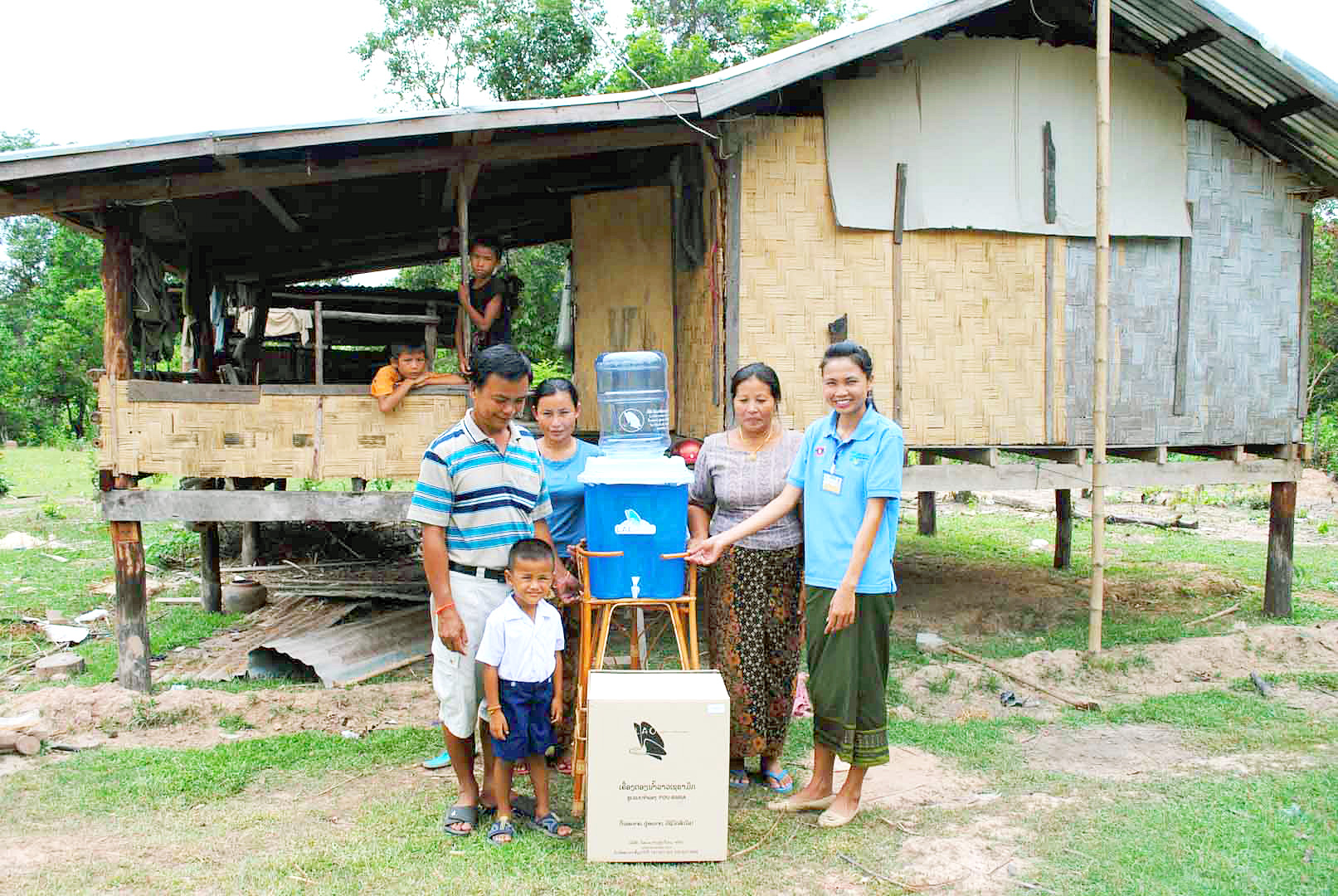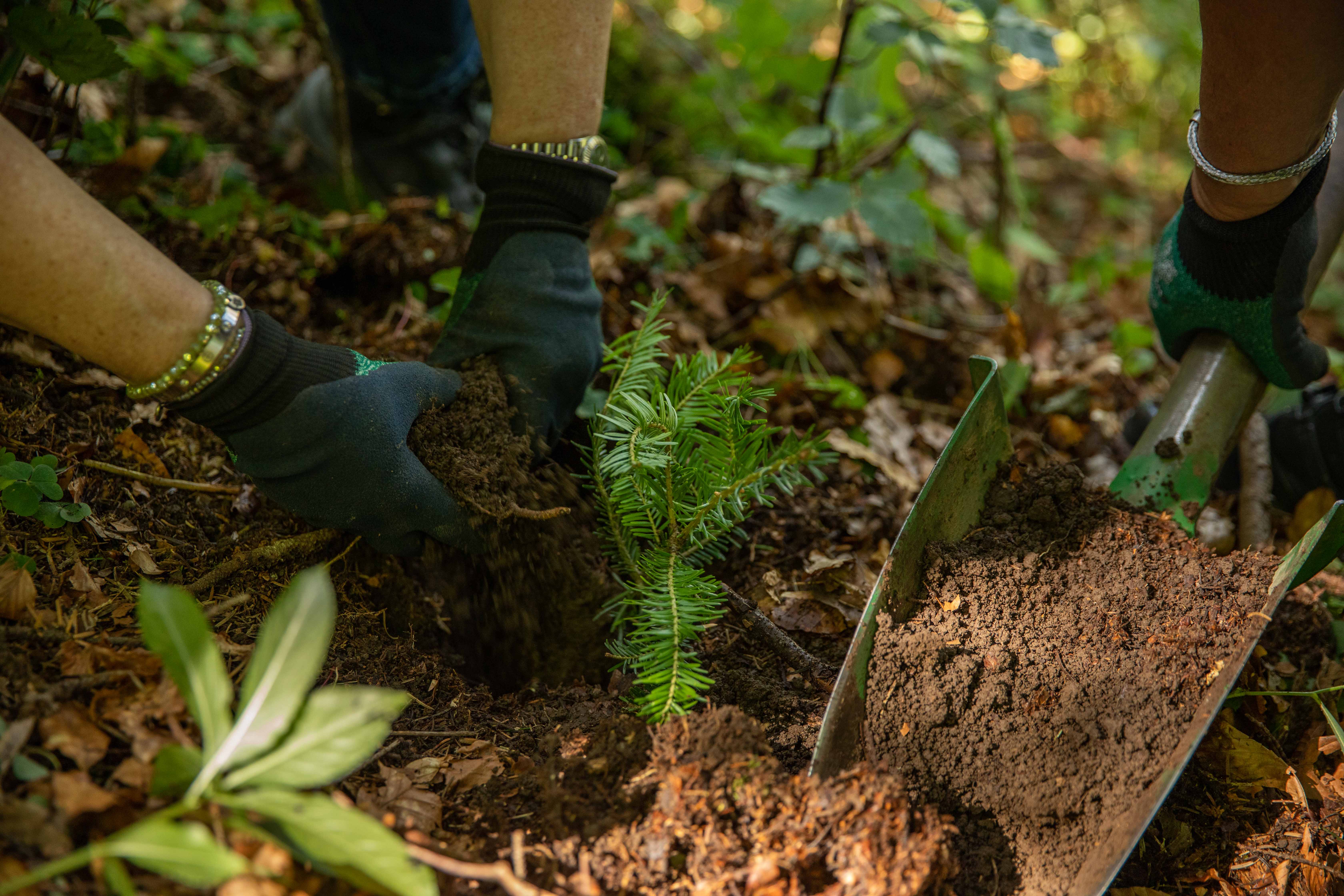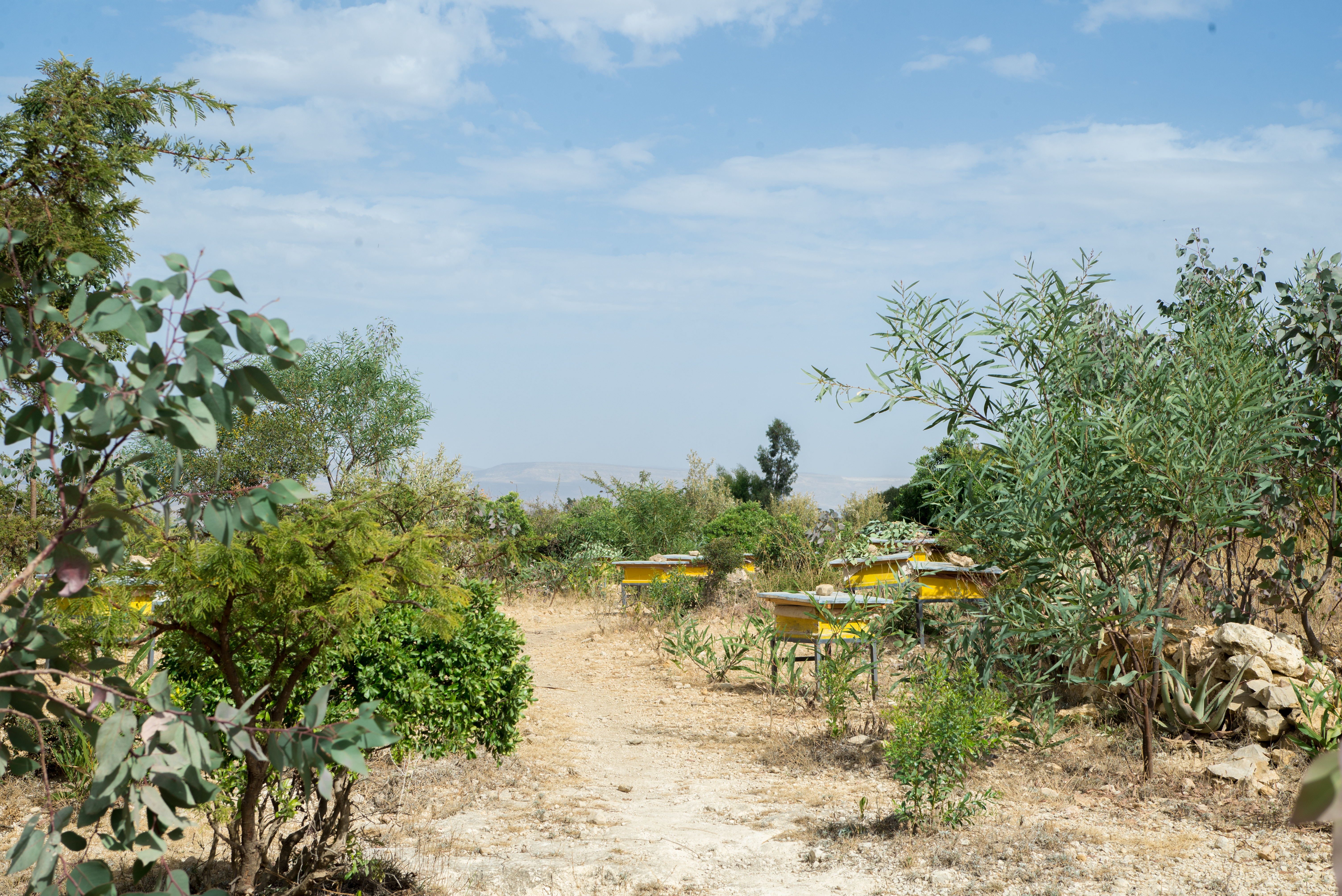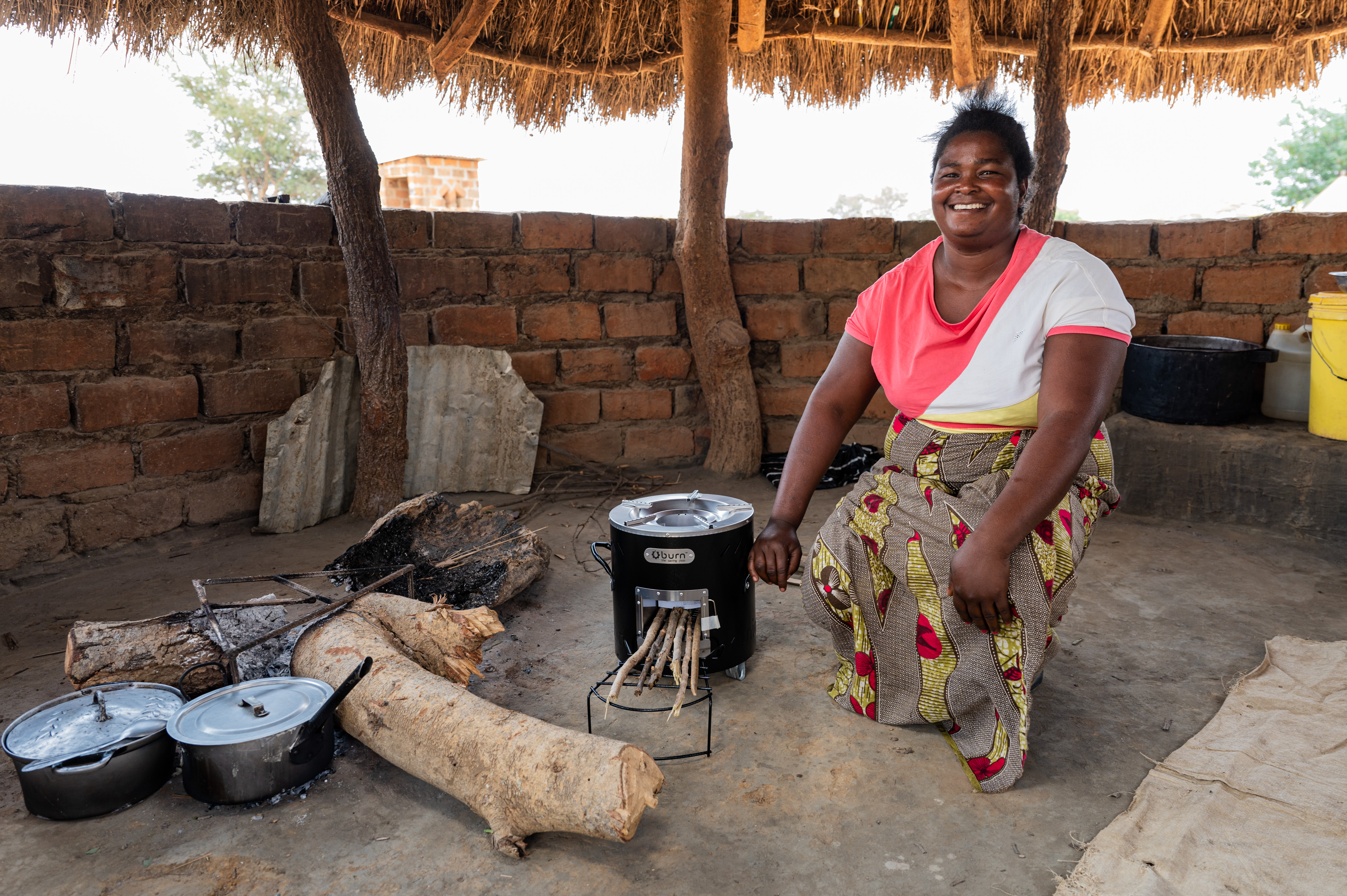Protecting the cloud forest and supporting local communities
Scolel´te stands for "the tree that grows" and protects the endangered mountain cloud forest through reforestation activities and sustainable forest management. In operation since 1997, it is the longest-lasting project of its kind worldwide.
Through the Scolel'te program, the local initiative AMBIO collaborates with rural communities in Chiapas in order to contribute to climate change mitigation, promote social welfare by strengthening local capacities, and encourage the establishment of forest systems, agroforestry, and the sustainable management of community forest areas. This is done from an integral perspective of territorial management and community participation, in order to generate sustainable livelihoods.
Currently, more than 1,200 small landowners participate in this scheme, distributed in more than 90 campesino and indigenous communities in the state of Chiapas, benefiting more than 2,500 families.

Forests are not only among the planet's most important carbon reservoirs. They also are home to an enormous diversity of species and are the livelihood for all people. However, global forest areas have declined sharply in recent decades due to increasing settlement, agricultural use, illegal logging and mining.
Forest protection projects ensure that forests are preserved in the long term and that the protection of forests is given a higher value than their deforestation. Together with the local population, project participants protect the area from negative influences. To allow for this the projects create alternative sources of income and educational opportunities. Depending on the project region, forests store varying amounts of carbon per hectare. Particularly high amounts of carbon are stored in the vegetation and soil of tropical swamp forests, primary rainforests, or mangroves. Forest protection projects in the ClimatePartner portfolio are registered with international standards.
Explore our projects
Biochar for Climate Action, Healthy Soils, and Better Harvests

A certified climate project combined with additional commitment

Expansion of renewable energy generation in Asia

Ceramic water filters save CO2 and improve health

Improved cookstoves worldwide – for better health and cleaner air

A certified climate project combined with additional commitment

Powering access to renewable energy in Africa

A certified climate project combined with additional commitment

Restored ecosystems remove carbon

Turning degraded farmlands into healthy ecosystems

Improved cookstoves - better for health and the environment































































































